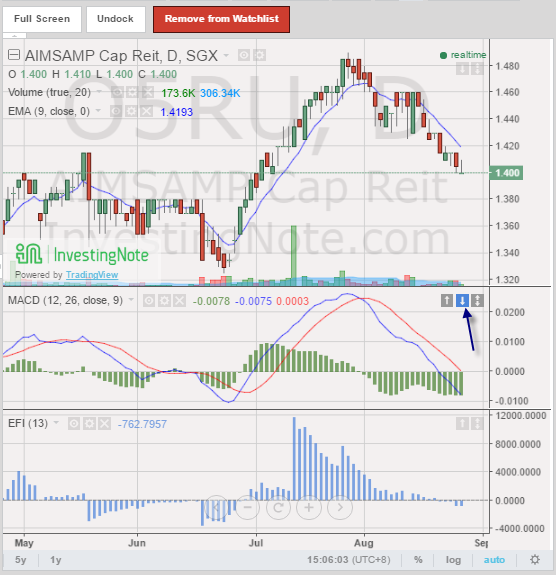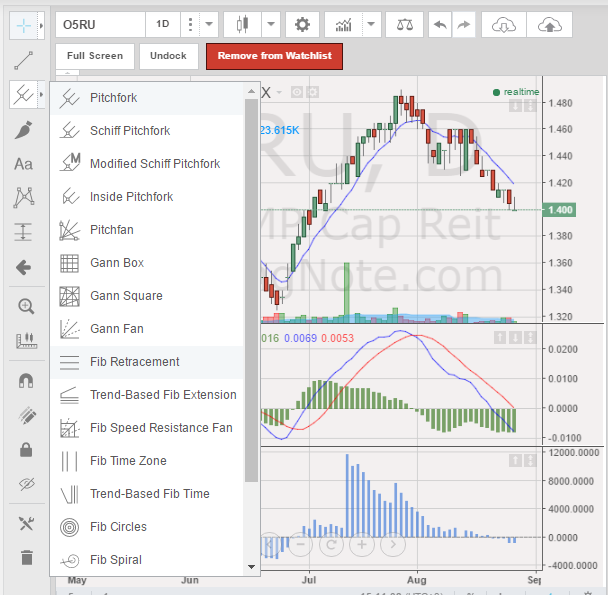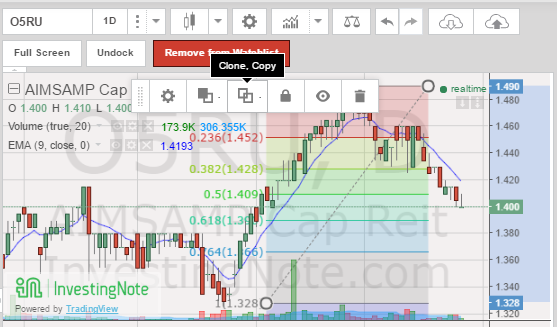I bought a whole life plan. In fact, 2 of them. One is a traditional whole life, where you pay until forever. The other is a limited payment whole life, where the payment period is condensed to maybe 5, 10 or 15 yrs, so you pay a higher amount but you can stop paying after.
There's so much vitriol against whole life that I thought I should make some statement FOR whole life, just to provide some yin to balance out the yang. The ultimate question is this: Will I buy a whole life plan now? The answer is no, but back then, I didn't know the following:
1. I'm a mighty saver. I can save a lot of my income away without external help. I know some people will spend a lot of their income away, so a whole life plan helps to 'lock up' that excess money away and give it back much much later. It's not ideal of course, but between a rock (not saving) and a hard place (not earning good returns on money), I think there needs to be a compromise. I know the rhetoric of buying term and investing the rest. But I think there is a group of people who will buy term and spend the rest. Whole life will help them a lot in this aspect. Back then, I didn't know which group I am in, but now I know. It's my hedge against my own 'money' character, if you will.
So, buy term invest the rest...but in real life, you might not save the rest. Nor invest it.
2. I can earn a respectable returns myself from investing. The second part about buying term and investing the rest is the investing part. Some people don't want to touch investment instruments at all, except perhaps for insurance and savings deposit. Not even bonds are under their radar. It could be ignorance, or fear or more likely a combination of experiential baggage that causes one to think like that. I'm sure you've heard of ultra conservative people like that. If so, then whole life presents a good investment for them. It might not be good enough for you, but it could be so for them. I don't buy into the idea that if you invest in a low cost fund, things will work out well for you. The stock market returns are never guaranteed. Nobody can guarantee you will earn 1% from the stock market if you put in for the long term. On the other hand, I've never heard of people losing money in whole life insurance, have you? The criticism is that one can earn better than whole life, but perhaps they forgot to mention they could have lost money in the process too.
So, buy term invest the rest will beat whole life returns, but that outcome is not guaranteed. A small guarantee might work better for an non-guaranteed but higher return.
3. I am disciplined. I think that sums up the characteristic of a term plan buyer. If you want to buy term plan, you better be disciplined in your spending and also your investments. If not, it's likely to reap the benefits of a buy-term-invest the rest strategy. It's like hiring a trainer for your gym. Can you do it yourself? Sure, all the information is out there, you just have to read and learn it on your own and execute it. But there will be days when you're not motivated and you just need someone to push you so that you can overcome the barrier. For a fee, of course. Not everyone is interested in financial and insurance matters and will gladly outsource it to others.
What I'm trying to say is that the process of discovering yourself takes time. In the meantime, you still have to work out the best decision based on the available information. Back then, my idea is to use whole life as a base and buy term to top up the coverage. When the term expires at 60 or 70, the whole life will still continue to provide coverage. I will then have to option to convert my whole life to annuity, cash out for retirement needs and/or continue the plan and provide a gift for dependents. Ironically, because of my whole life plan 'mistake' that everyone around me keeps telling me, I went to dig further into investment. I would say the 'mistake' started everything I know about financial stuff.
Interesting isn't it? Nothing is really 'wasted' in nature.
My philosophy now goes towards using term and self insurance. From whole life, to limited payment whole life, to term and to self insurance, I think I'm evolving just like a pokemon. I think life experience and mistakes are the candy needed to evolve yourself into a stronger pokemon with more CP lol!
There's so much vitriol against whole life that I thought I should make some statement FOR whole life, just to provide some yin to balance out the yang. The ultimate question is this: Will I buy a whole life plan now? The answer is no, but back then, I didn't know the following:
1. I'm a mighty saver. I can save a lot of my income away without external help. I know some people will spend a lot of their income away, so a whole life plan helps to 'lock up' that excess money away and give it back much much later. It's not ideal of course, but between a rock (not saving) and a hard place (not earning good returns on money), I think there needs to be a compromise. I know the rhetoric of buying term and investing the rest. But I think there is a group of people who will buy term and spend the rest. Whole life will help them a lot in this aspect. Back then, I didn't know which group I am in, but now I know. It's my hedge against my own 'money' character, if you will.
So, buy term invest the rest...but in real life, you might not save the rest. Nor invest it.
2. I can earn a respectable returns myself from investing. The second part about buying term and investing the rest is the investing part. Some people don't want to touch investment instruments at all, except perhaps for insurance and savings deposit. Not even bonds are under their radar. It could be ignorance, or fear or more likely a combination of experiential baggage that causes one to think like that. I'm sure you've heard of ultra conservative people like that. If so, then whole life presents a good investment for them. It might not be good enough for you, but it could be so for them. I don't buy into the idea that if you invest in a low cost fund, things will work out well for you. The stock market returns are never guaranteed. Nobody can guarantee you will earn 1% from the stock market if you put in for the long term. On the other hand, I've never heard of people losing money in whole life insurance, have you? The criticism is that one can earn better than whole life, but perhaps they forgot to mention they could have lost money in the process too.
So, buy term invest the rest will beat whole life returns, but that outcome is not guaranteed. A small guarantee might work better for an non-guaranteed but higher return.
3. I am disciplined. I think that sums up the characteristic of a term plan buyer. If you want to buy term plan, you better be disciplined in your spending and also your investments. If not, it's likely to reap the benefits of a buy-term-invest the rest strategy. It's like hiring a trainer for your gym. Can you do it yourself? Sure, all the information is out there, you just have to read and learn it on your own and execute it. But there will be days when you're not motivated and you just need someone to push you so that you can overcome the barrier. For a fee, of course. Not everyone is interested in financial and insurance matters and will gladly outsource it to others.
What I'm trying to say is that the process of discovering yourself takes time. In the meantime, you still have to work out the best decision based on the available information. Back then, my idea is to use whole life as a base and buy term to top up the coverage. When the term expires at 60 or 70, the whole life will still continue to provide coverage. I will then have to option to convert my whole life to annuity, cash out for retirement needs and/or continue the plan and provide a gift for dependents. Ironically, because of my whole life plan 'mistake' that everyone around me keeps telling me, I went to dig further into investment. I would say the 'mistake' started everything I know about financial stuff.
Interesting isn't it? Nothing is really 'wasted' in nature.
My philosophy now goes towards using term and self insurance. From whole life, to limited payment whole life, to term and to self insurance, I think I'm evolving just like a pokemon. I think life experience and mistakes are the candy needed to evolve yourself into a stronger pokemon with more CP lol!

























